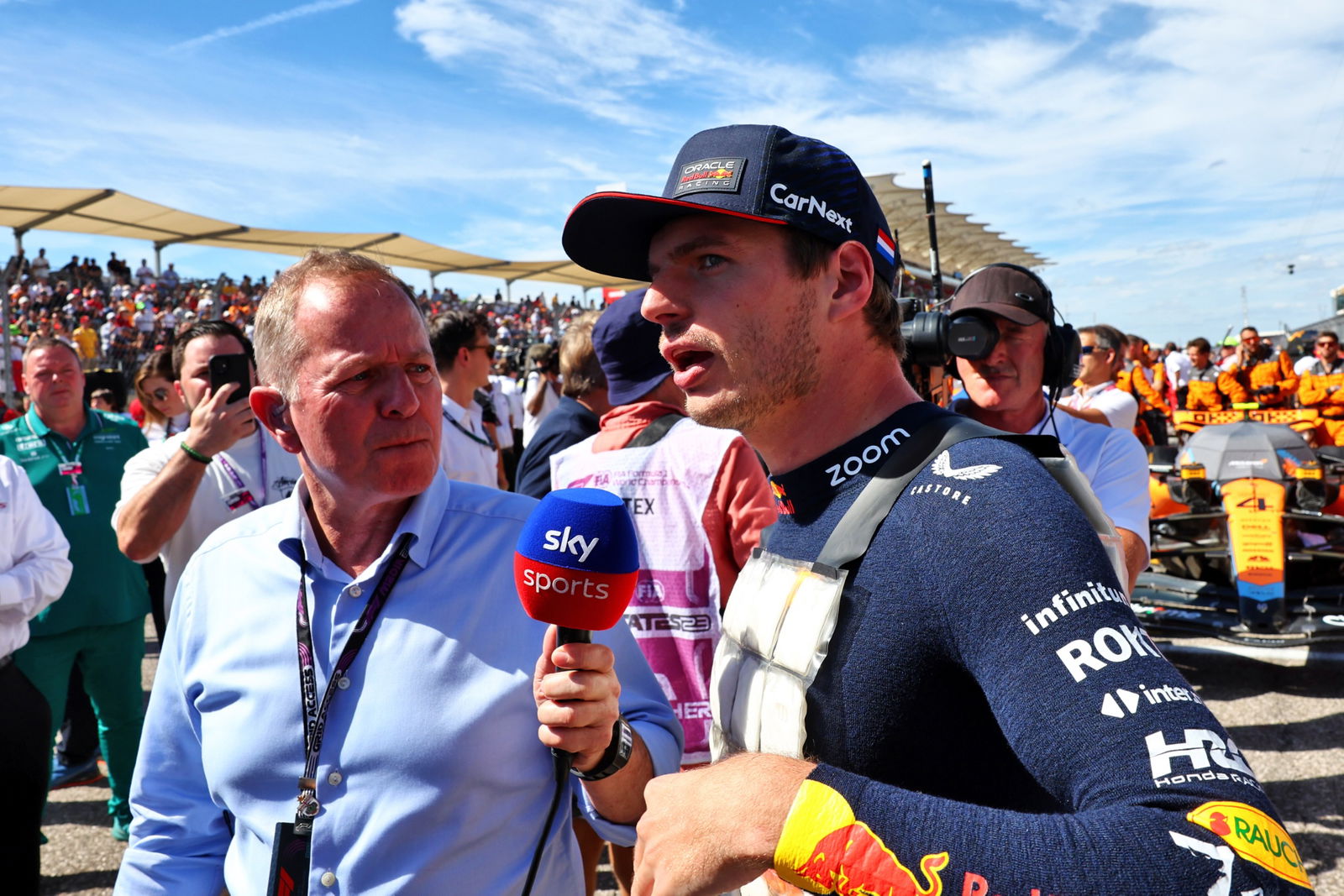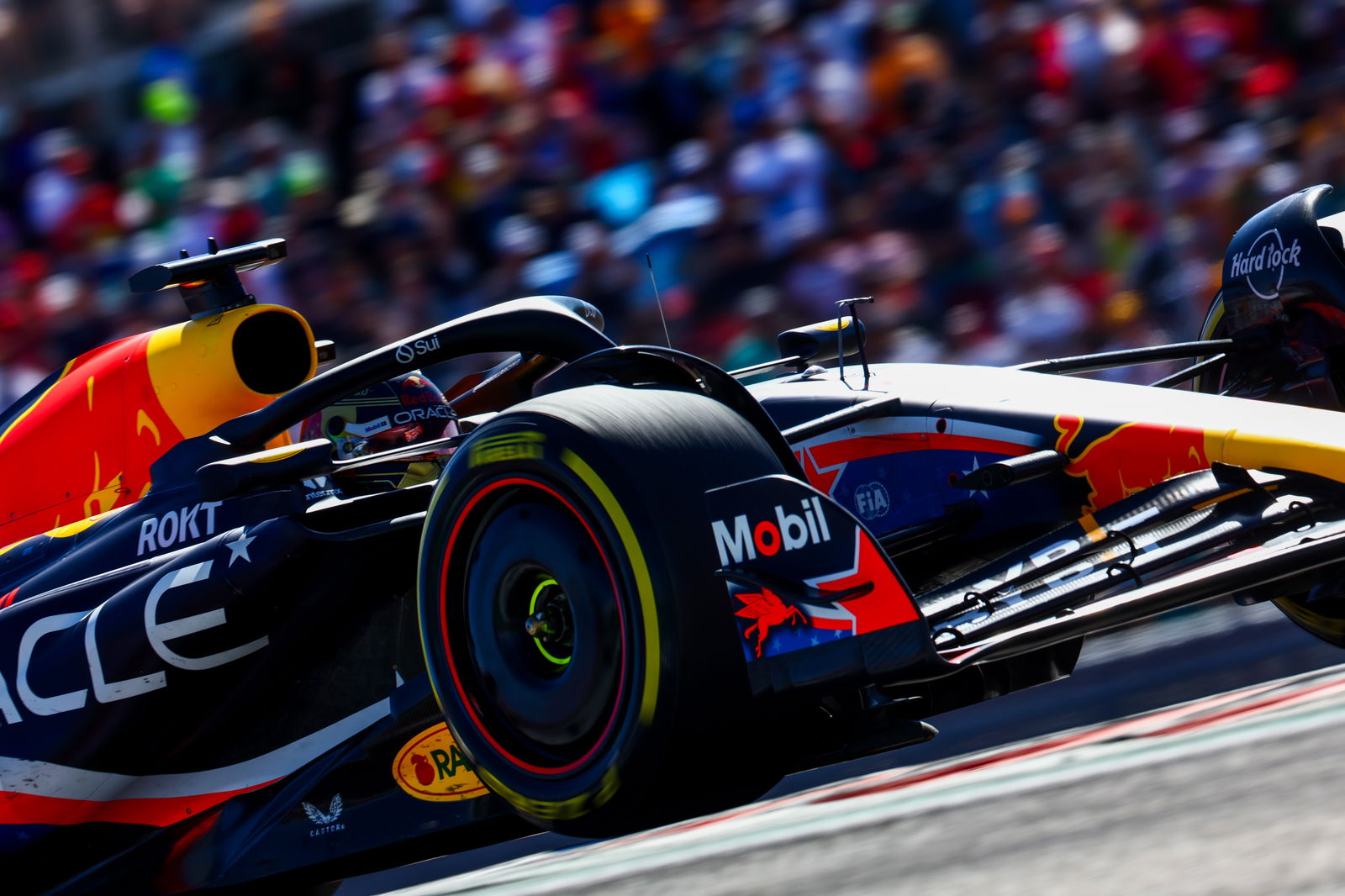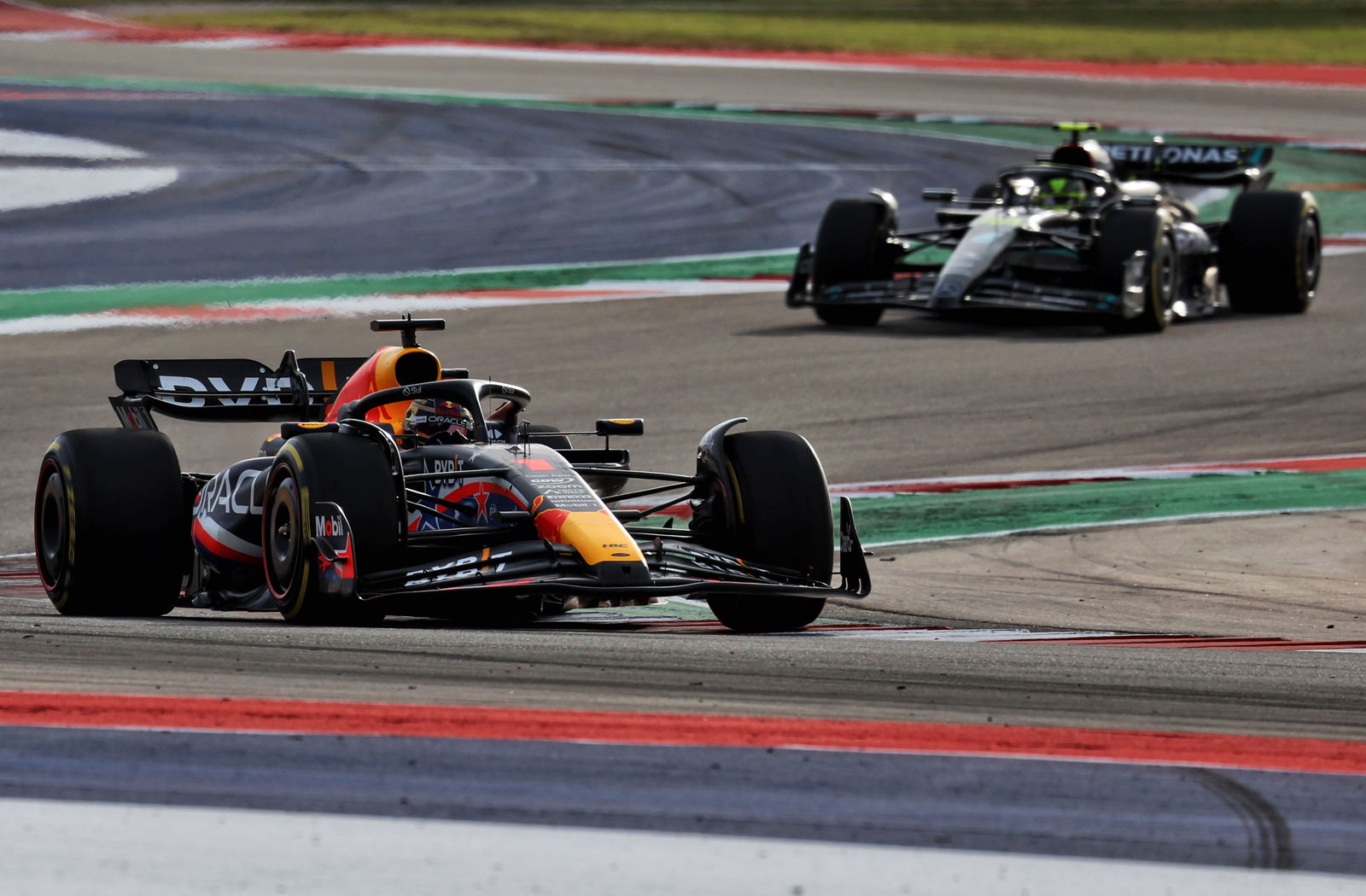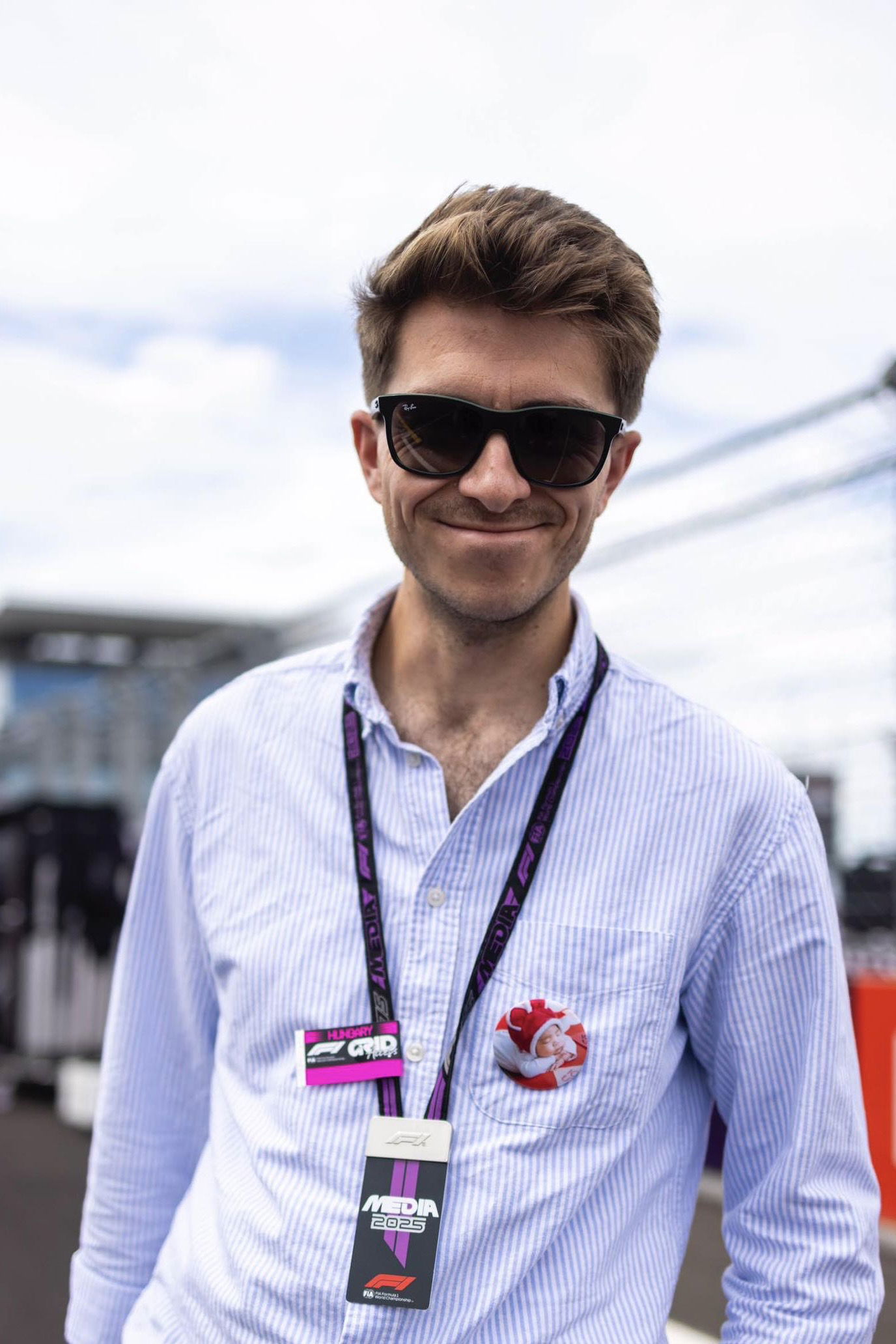Martin Brundle has ‘big questions’ for FIA after Lewis Hamilton and Charles Leclerc disqualifications at F1 US GP

Hamilton lost his second place finish behind race-winner Max Verstappen, while Leclerc was excluded from sixth place, after their Mercedes and Ferrari cars failed a post-race plank wear check.
Verstappen’s Red Bull and Lando Norris’ McLaren were also randomly checked by the FIA but their cars were fine.
However, that has led Brundle to question why only four of the 17 cars that finished were inspected given half of them were found to be in breach of the regulations.
“At a bumpy track like Austin, and with only one practice session, setting a ride height for the duration of the event is quite a challenge with regard to performance, and driver and car tolerance, and of course plank-wear legality, especially with a full fuel tank,” Brundle wrote in his latest Sky column.
“If they simply raised the car to be cautious, they'd lose so much performance they may as well pack up and go home.
“After the race four cars were checked, including Verstappen's Red Bull and Norris' McLaren, and both Hamilton's Mercedes and Leclerc's Ferrari were found to have too much wear, for which the only remedy is disqualification, however minimal the indiscretion. There can be no grey area on this.
“The next big question however is that if 50 per cent of the tested cars failed, then shouldn't all the finishers have been checked? The answer must surely be yes.
“It must be said that the FIA checks pre and post race are beyond comprehensive. The published list includes over 50 separate and detailed checks mostly on all classified finishers, and a few on randomly selected cars.”

Brundle also questioned whether the sprint format weekend needs a re-think, after siding with Verstappen’s view that the event takes some of the “magic” away from the main grand prix.
“There's no doubt that the Sprint format events put the teams under a lot of pressure and overall, we don't get particularly positive feedback from them,” he added.
“With just one practice session before the specification and set-up is locked in by Parc Fermé rules, especially at a relatively unknown circuit like Losail in Qatar, or a bumpy circuit such as COTA in Austin, this leaves them underprepared, which is far from ideal with such complex cars.And that's assuming the first practice session has representative weather and they don't have any reliability issues or accidents.
“And there's the first question: do we want the jeopardy and variability of some teams missing their ultimate pace, or is this wasting the resource and skills of teams and drivers in a 'not very F1' manner?
“We had 20 per cent of the field starting the main Sunday race from the pit lane, in the form of both Aston Martins and both Haas cars, because they were better breaking out of Parc Fermė and trying for a more competitive race set up. And from Friday afternoon onwards, with two qualifying sessions and two races to come, some drivers were consigned to a difficult car for the rest of the weekend.
“This is not ideal or necessary, and while I don't like us to keep messing with the format, we must make some changes for next season and beyond. It's too much of a lottery which has far reaching consequences, as we would find out several hours after the Sunday GP.
“Max has a fair point that the Sprint gives you half the story for race day and takes away some anticipation. I'd still much rather watch a Sprint than a free practice session personally.
"Another issue is that we currently have three different event tyre allocation scenarios, two different qualifying formats, and two different race formats. Teams and media alike have to keep refreshing their memories on the ramifications each weekend - and so what chance do the fans have of remembering it all?”


